Victoria's 2022 half-year dining report card
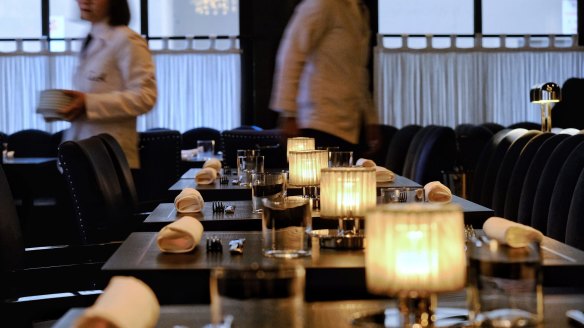
It's been a rollercoaster ride so far, but all signs point to an exciting next six months as our creative, resilient and food-loving city gets back on its feet.
Restaurants, for those who love visiting them, can be a reprieve from the world. Your table becomes an island of tastes and conversation that shelters you from reality for a while.
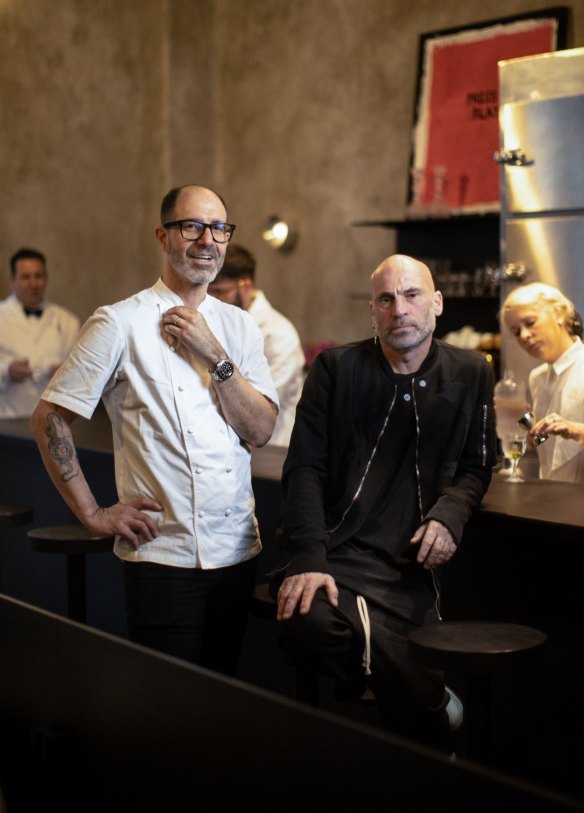
But restaurants themselves are no island. Like us, they're buffeted by the winds of change. And the winds are strong right now.
Brave ideas are everywhere, as restaurants find creative ways to work with fluctuating produce prices and a gaping hole in their workforce.
"If you can open something that's not enormous and you have the capability to work in it yourself, it's a golden time to be a small owner-operator," says Michael Bascetta, co-founder of industry organisation Worksmith, and co-owner of Capitano, Bar Liberty and Falco.
Are we still a world-class food city? What is the cost of being that city?
He says that despite the bad news around interest rates and price rises, hospitality "is rocketing" and consumers can't get enough.
The flipside is that operators and staff are squeezed, reacting to crisis after crisis.
Establishing your own plot of farmland is one way to secure a steady supply of produce. More venues, including Bar Merenda, Tedesca Osteria and Fenton Food & Wine, chose this path before this year's floods. But it's certainly looked like an even better idea since then.
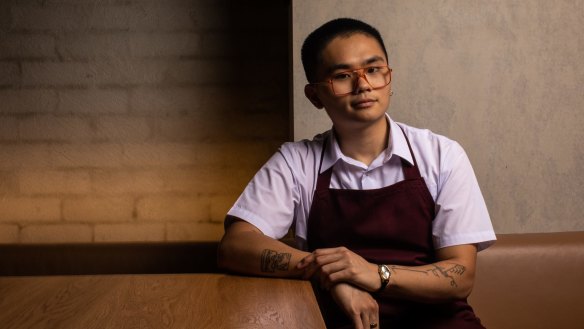
Even bolder is PARCS, the low-waste concept from chef Dennis Yong (ex Sunda). What started as a passion project rescuing veg destined for the bin has ended up as one of Melbourne's most exciting sub-genres of wine bar. Here's hoping there's 10 more of them to come.
Ditto for low-carbon menus that tip the scales in favour of veg over red meat. Mauritian-meets-Melbourne restaurant Manze and all-veg wine bar Patsy's are flying the flag.
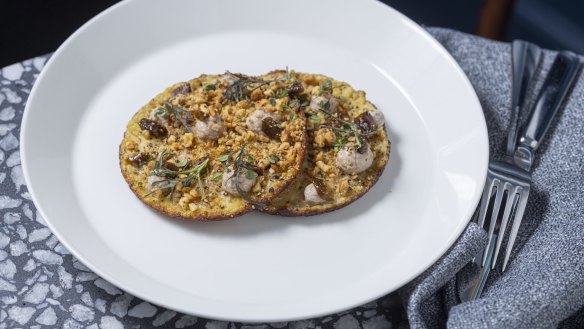
Others are cooking more wild meat, like Tanswell's pub in Beechworth, which serves venison and wild boar. Bars are opening with more taps for cocktails and wine, reducing reliance on glass bottles.
Staffing might be the word of the year. Joe Mammone, owner of Il Bacaro, Bar Carolina and Marameo, says: "People want to come out and dine, but we just don't have the manpower to keep up."
Hospitality job vacancies increased by 43 per cent since this time last year, according to Seek data, while the Restaurant and Catering Association believes 95,000 hospitality jobs are vacant in Australia.
Bascetta says COVID border closures made a tough situation worse. "I think we all wish we could go back to just having a skilled staff shortage, because now we … have a staff shortage overall."
Borders are open, but arrivals are stymied by a backlog of visa applications to be processed.
Bascetta is seeing venues trying radical things, whether it's more casual venues outsourcing food prep or buying large-format batched cocktails to make up for a lack of skilled staff behind the bar.
Other owners and staff are drawing a decisive line in the sand in the name of self-preservation. Freyja, a new restaurant in a glitzy CBD tower, is prioritising staff wellbeing over trading on weekends. Port Fairy fine-diner Fen opens for two sittings a week with a no-alterations-possible tasting menu.
Mental health is part of the pre-service staff briefing at Fitzroy's Oko, with the team rating their wellbeing via a traffic light system.
It's all overdue and worthy. But it does call into question Melbourne's reputation for 24/7 hospitality. It's difficult to find a restaurant open on a Sunday now. Are we still a world-class food city? What is the cost of being that city?
Some are reaching their limit and walking away. Melbourne has seen at least seven venues close in the six weeks leading up to the end of financial year, including Port Melbourne's YakiTori Bar and Moroccan Soup Bar.
Ever-slimmer profit margins are another reality. Prices are up on everything, from tinned tomatoes to flour and chillies. And diners are already seeing the effects on our bills.
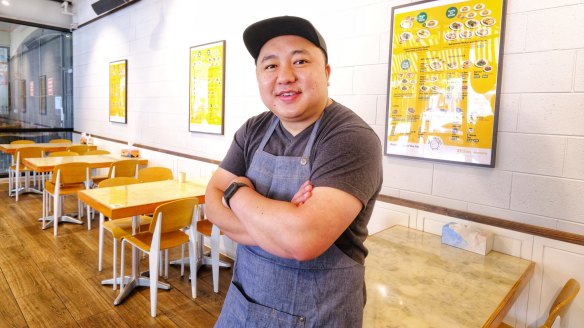
Philip Leong, co-owner of Malaysian restaurant Gai Wong, says the price of cooking oil rose 25 to 30 per cent in the past nine months. He needs 200 litres each fortnight for dishes such as crisp-skin pork and Hainanese chicken rice.
Paradise Valley Hotel in the Dandenong Ranges uses between 18 and 24 cans of tomatoes each week for its chicken parmigiana. The price of each tin has doubled due to shipping container costs.
"Everything on the plate, it's on the rise, and not by a small margin," says the hotel's chef, Steven Nelson.
Sadly, there's more pain to come. The fuel excise cut, introduced by the outgoing treasurer to ease cost pressures, expires in September. Interest rates are expected to continue increasing, with flow-ons to rents and mortgages.
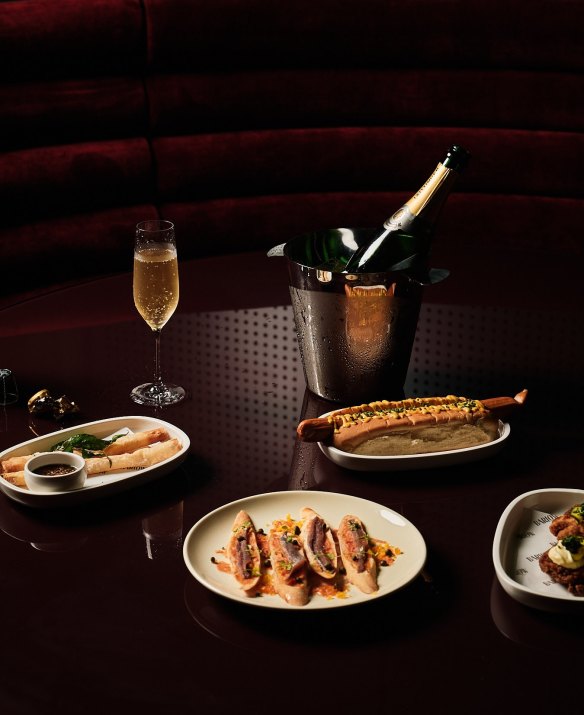
But Victoria's regions, flush with people who made pandemic tree changes, are thriving, helped along by buckets of government money to revive tourism.
Shiny new projects, such as Four Pillars' mega distillery door, and The Continental Sorrento (pictured, right), have been unveiled. Others, such as Lorne Hotel's pending transformation by Merivale, are the talk of the town. Ballarat will get a boutique hotel, Vera, by spring; Portarlington's grand old pub has been given a spit and polish; and Dal Zotto winery is building much-needed accommodation in the King Valley.
Pizza behemoth 400 Gradi established a second regional outpost in Mildura; All Saints will complete an enormous revamp of its dining and cellar door by September; and Geelong's boom – in population and dining – continues.
The only thing holding back these towns is, just like in Melbourne, people power.
Half-year assessment
Victoria is going through a period of readjustment, after a topsy-turvy couple of years. There are bright spots, such as Victoria's endless creativity, some bold new venues and a rejuvenation of regional centres such as Geelong. But it's clear that Victoria needs to recharge the batteries, with a bit of outside staffing help.
Restaurant reviews, news and the hottest openings served to your inbox.
Sign up- More:
- Restaurant news
